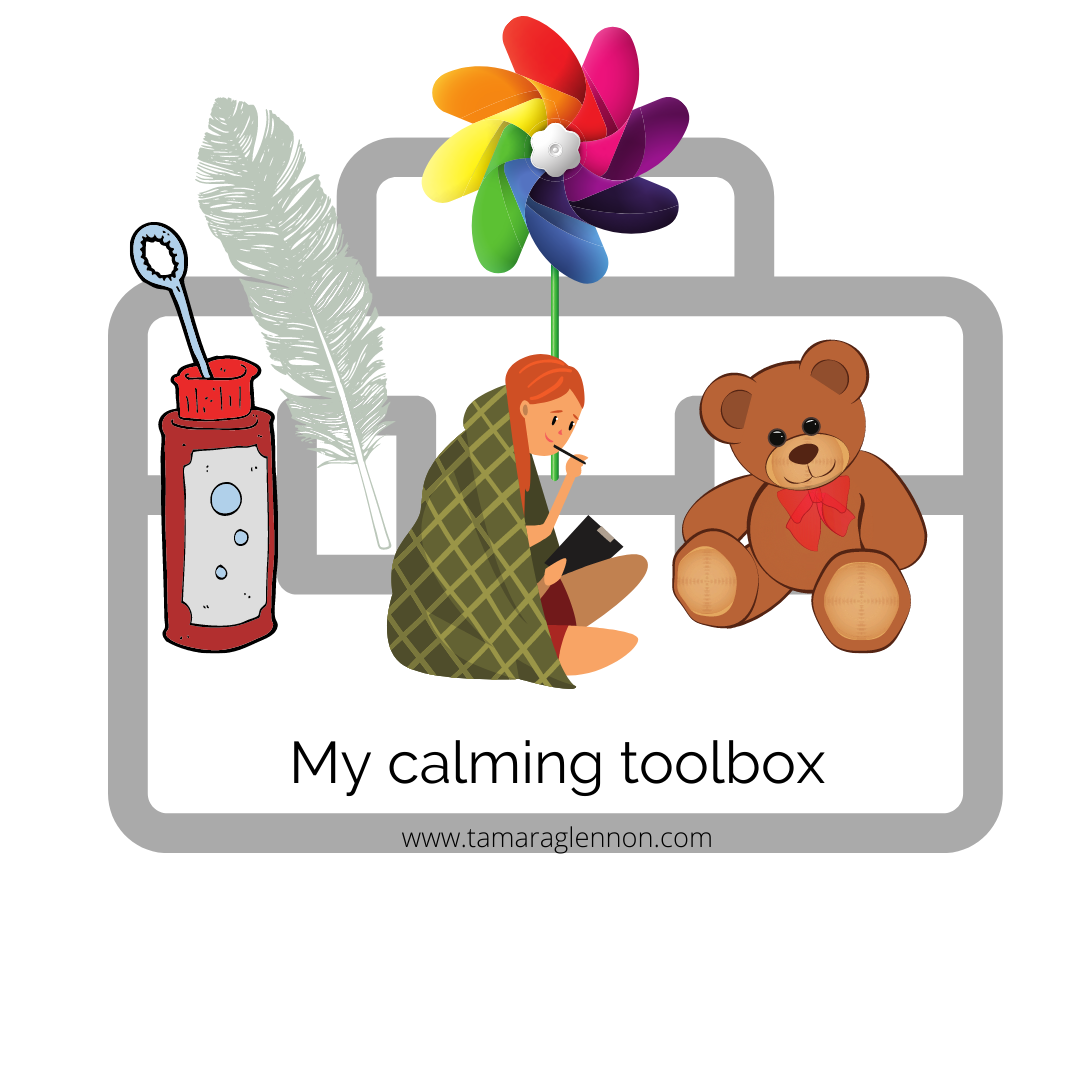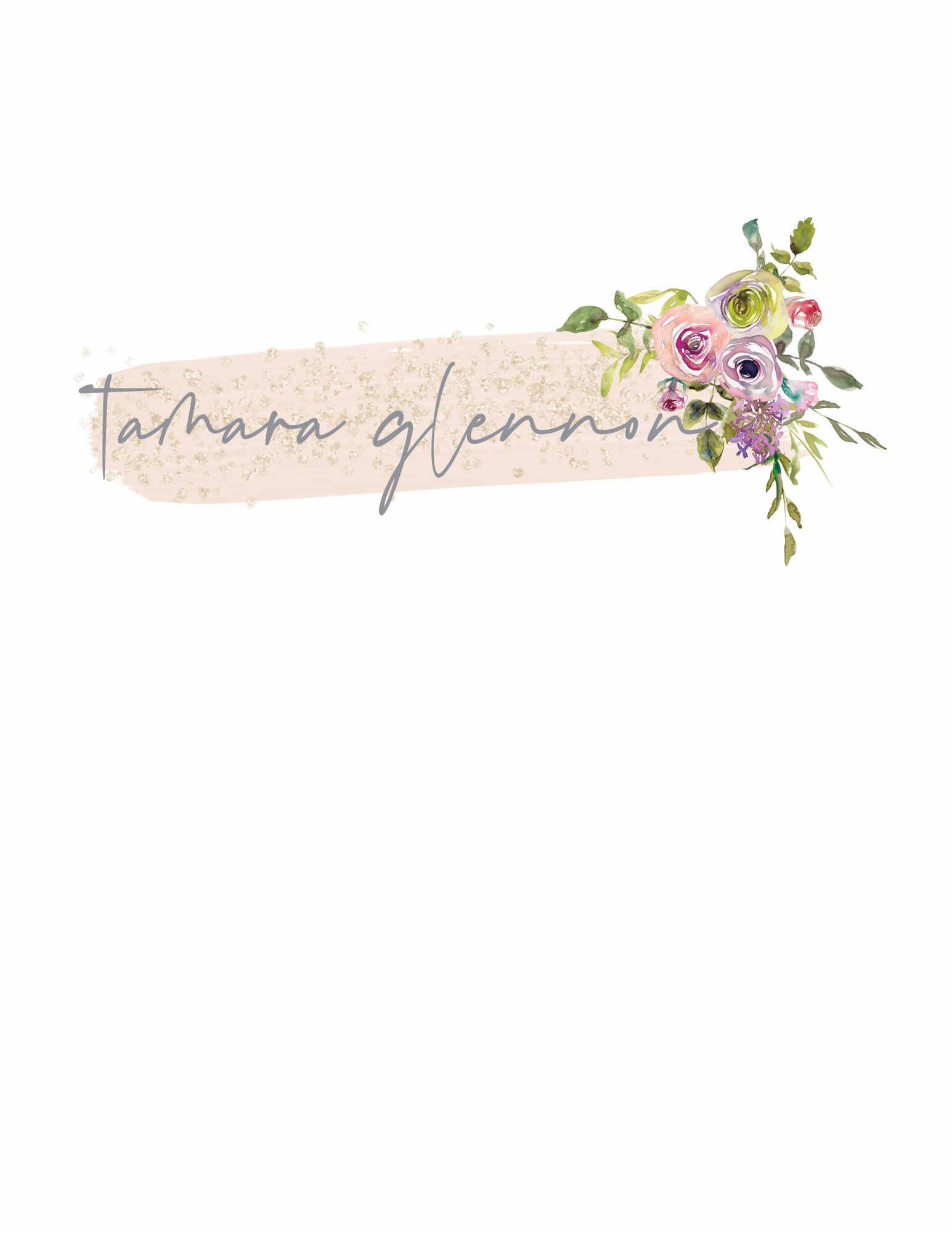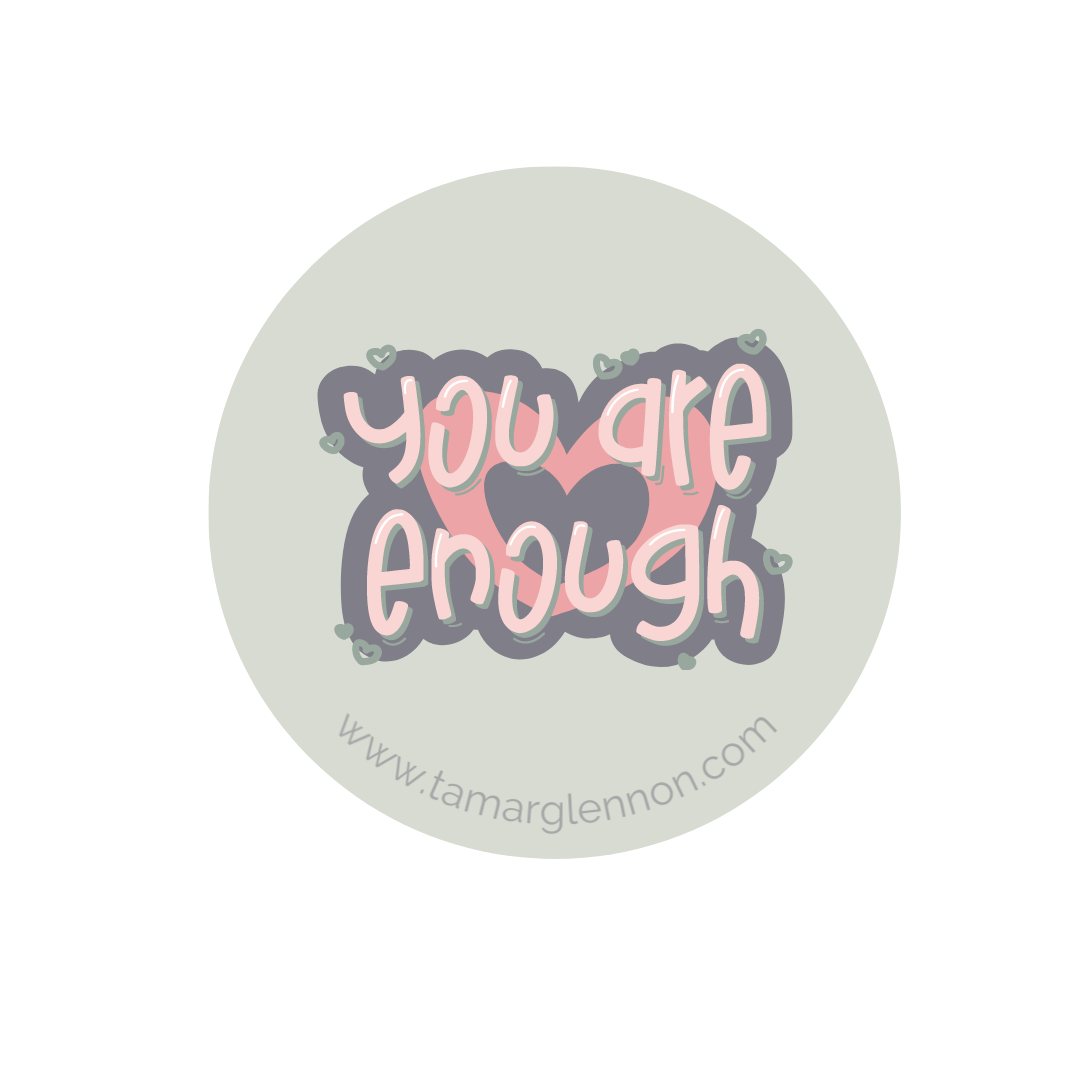How to help anxious children | Tamara Glennon
Anxiety disorders are the most common mental health disorder in children. Here are some tips on how to help your child if they're struggling with anxiety.
Read more...
The best strategy for anxious kids, a toolbox!
Worrying is a normal feeling that we all have. It is a natural response to stress. However when your anxiety takes over your daily thoughts and impacts your everyday life then it could be something more than just worrying.
When my oldest was 4-5 yrs old I remember her complaining a lot of stomachaches. All. the. time. We did countless numbers of tests and every test result came back normal. Finally, a doctor suggested to me that she could have anxiety. At 3-5 yrs old, it is difficult for a young toddler to articulate how they are feeling. Often anxiety can manifest in physical symptoms.
- Stomach pain
- Nausea
- Biting nails
- Picking at skin
- Sleep disturbances
- Tantrums
- Crying
- Avoidance
- Irritability
Now I know that some of these "symptoms" are common for this age group, however if you have more of these symptoms on a regular basis it's a good idea to chat with your doctor.
After 15 years of helping my daughter manage her anxiety, I have learned a few tips and tricks.
A toolbox for coping with anxiety.
 A few things you need in your toolbox are feathers, bubbles, a pinwheel, a weighted blanket, and a teddy bear. One of the best things you can teach your anxious child is how to breathe. Deep belly breaths are the best thing to slow down your racing heartbeat which will help calm your mind.
A few things you need in your toolbox are feathers, bubbles, a pinwheel, a weighted blanket, and a teddy bear. One of the best things you can teach your anxious child is how to breathe. Deep belly breaths are the best thing to slow down your racing heartbeat which will help calm your mind. Teddy Bear: I always suggest starting with a teddy bear or their favorite stuffed animal. Have them lay down on the floor on their back. Place the teddy bear on their belly. Take a big belly breath and make the bear move up while your breathing in. As you exhale watch the bear go down. This is a perfect way for kids to learn big belly breaths.
Bubbles: Practice taking a big belly breath and slowly blowing bubbles. If you blow too hard or fast the bubbles pop, so big slow belly breaths are perfect.
Feather: Practice taking a big belly breath and try to blow the feather up in the air.
Pinwheel: Practice taking a big belly breath and slowly blow the pinwheel and watch it spin. While it is spinning talk about the colors and what else can you name with those same colors. "I see orange and blue. What else is orange and blue?"
Coloring: Print out their favorite coloring page and color. Coloring is very therapeutic.
Learning breathing techniques is so incredibly helpful for kids that are feeling overwhelmed. The key is to practice them daily. Don't wait until they are already very worried. It is much harder to calm down.
My last tip to help manage anxiety is distractions.
Sour Candy: A piece of very sour candy can be just enough of a distraction to snap the brain out of an anxiety attack. I would encourage you to talk about the taste, the texture, the flavor (is it lemon, lime, sour cherry), do your cheeks hurt when your eating it, does it make your eyes water? These are all ways to help a child distract from their anxiety attack.
Her favorite distraction tip is the 5,4,3,2,1 technique. It is very simple but has a huge impact. It serves to somewhat "snap" their mind out of what is worrying them. This is how it works

If after going through the 5,4,3,2,1 and they are still feeling anxious, repeat it but have them go a little slower. Ask them to elaborate.
These are a few of our tried and true coping skills for when anxiety gets to be overwhelming. Give them a try and let me know which is your favorite. Anxiety does not have to take over your little ones' days.
If you would like help creating a calming toolbox reach out to me and I am happy to create a custom toolbox for you.
Disclaimer:
I am not a doctor. This blog was created to share what I have learned as a mother to 4 kids. 2 of which suffer from generalized anxiety disorder with panic attacks and major depressive disorder. This was created for informational purposes only and should not be used in exchange for medical advice.
Love what you read? Subscribe for updates.
Follow me on Social Media:
Join my group to learn more about how to support your mental health and well being.
Love the gram? Follow here.
Jumped on the Tik Tok Trend? Find me here
Want to shop with a purpose? Check out my etsy shop where I donate to Project Semicolon.




